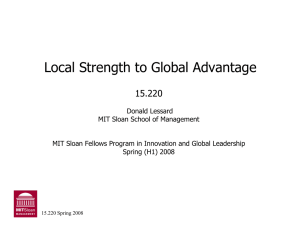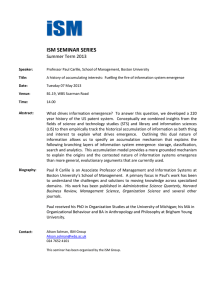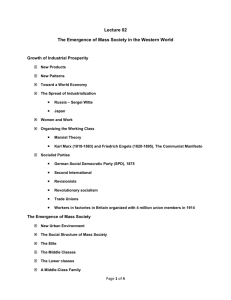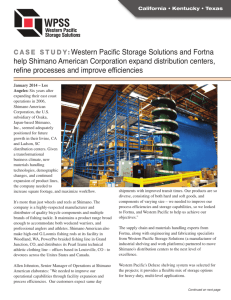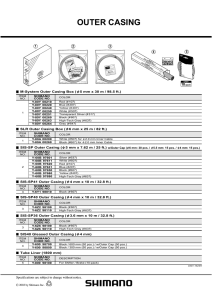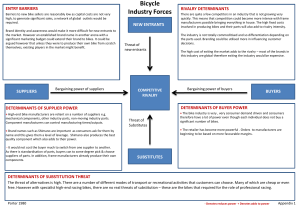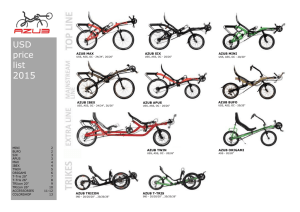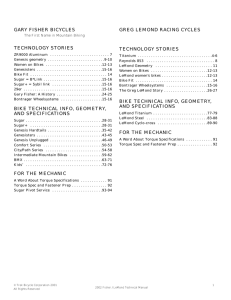CLASS 3: LOCAL STRENGTH TO GLOBAL ADVANTAGE LEARNING OBJECTIVES:
advertisement
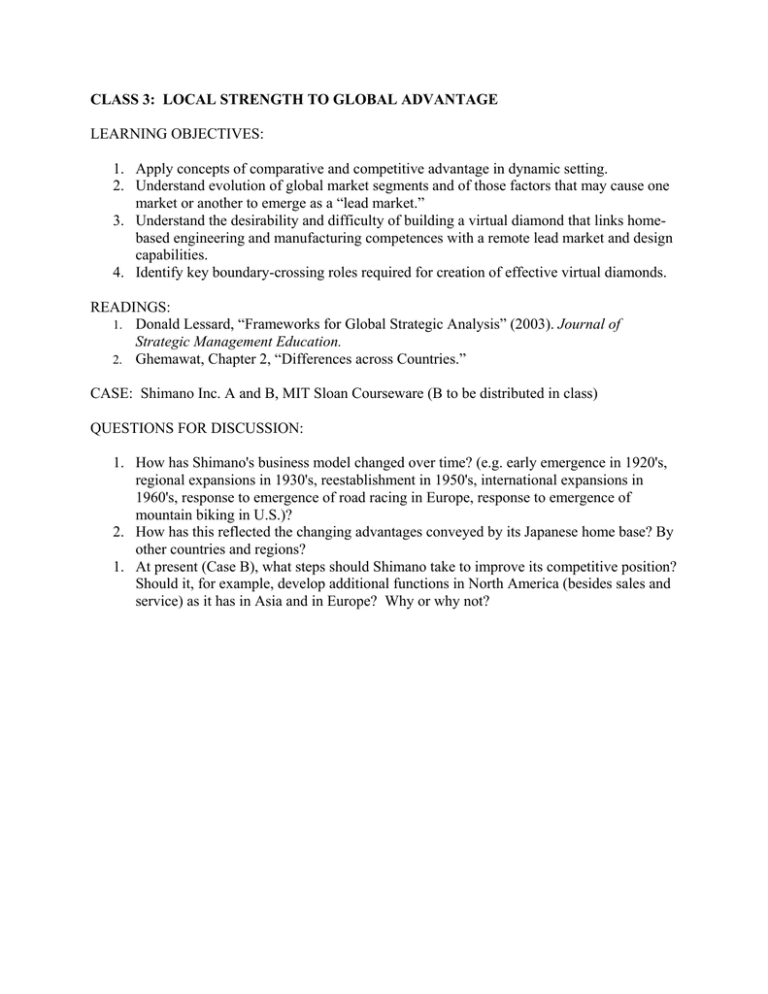
CLASS 3: LOCAL STRENGTH TO GLOBAL ADVANTAGE LEARNING OBJECTIVES: 1. Apply concepts of comparative and competitive advantage in dynamic setting. 2. Understand evolution of global market segments and of those factors that may cause one market or another to emerge as a “lead market.” 3. Understand the desirability and difficulty of building a virtual diamond that links homebased engineering and manufacturing competences with a remote lead market and design capabilities. 4. Identify key boundary-crossing roles required for creation of effective virtual diamonds. READINGS: 1. Donald Lessard, “Frameworks for Global Strategic Analysis” (2003). Journal of Strategic Management Education. 2. Ghemawat, Chapter 2, “Differences across Countries.” CASE: Shimano Inc. A and B, MIT Sloan Courseware (B to be distributed in class) QUESTIONS FOR DISCUSSION: 1. How has Shimano's business model changed over time? (e.g. early emergence in 1920's, regional expansions in 1930's, reestablishment in 1950's, international expansions in 1960's, response to emergence of road racing in Europe, response to emergence of mountain biking in U.S.)? 2. How has this reflected the changing advantages conveyed by its Japanese home base? By other countries and regions? 1. At present (Case B), what steps should Shimano take to improve its competitive position? Should it, for example, develop additional functions in North America (besides sales and service) as it has in Asia and in Europe? Why or why not?

